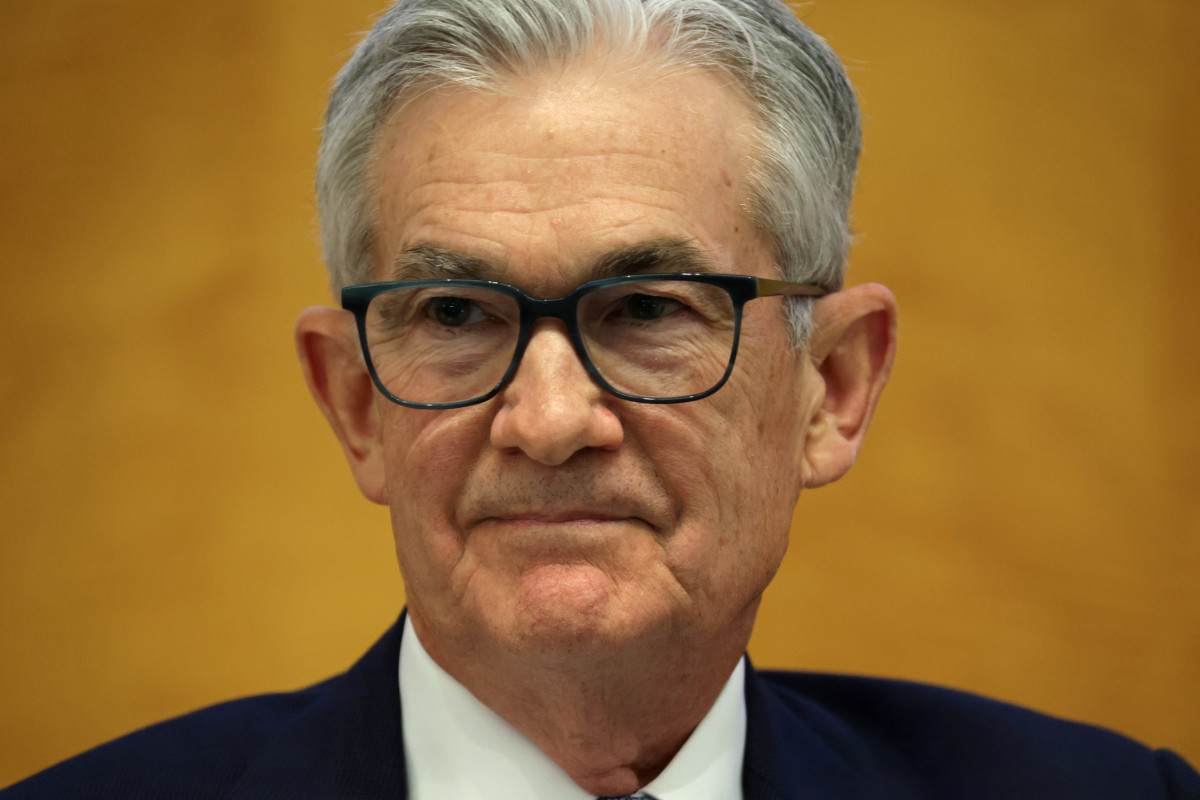
Depending on where you sit, last week's job numbers were either a great sign for the economy or a bad sign for people looking for a break on interest rates.
The jobs market is seen as one of the key indicators of whether the Federal Reserve will keep record high interest rates steady or start lowering them as the economy cools down.
Related: Why high interest rates might fill your wallet for years
The November jobs report showed that the U.S. economy added 199,000 jobs, according to the Labor Department's Bureau of Labor Statistics. That dropped the U.S. unemployment rate to 3.7% and was an increase from the 150,000 jobs reported being added a month earlier.
But a deeper dive into the numbers shows just how tenuous the employment market truly is.
While the U.S. added more jobs than were expected, those jobs were concentrated to just three sectors: health care, government employment, and leisure and hospitality.
About 83% of the jobs (166,000 jobs) created in the month fell into those three categories, according to Axios. About 28,000 jobs came from the manufacturing sector, with most of those jobs added coming from striking autoworkers coming back to the job after settling their labor dispute with Detroit's Big 3 automakers.
Meaning, only about 5,000 jobs came from other sectors like technology, construction and education.
The Federal Reserve has much to contemplate ahead of the Dec. 13 Federal Open Market Committee decision when the central bank's rate-making body releases its end-of-meeting statement after a two-day meeting.
Since March 2022, the central bank has raised its benchmark interest rate 11 times after holding rates at or near 0% for about a decade. Today that rates sits at the 5.25%-5.5% level.
But jobs are just one aspect of the economy the Fed is watching. Inflation and the overall health of the economy is also considered before a decision is made.
Get exclusive access to portfolio managers’ stock picks and proven investing strategies with Real Money Pro. Get started now.







